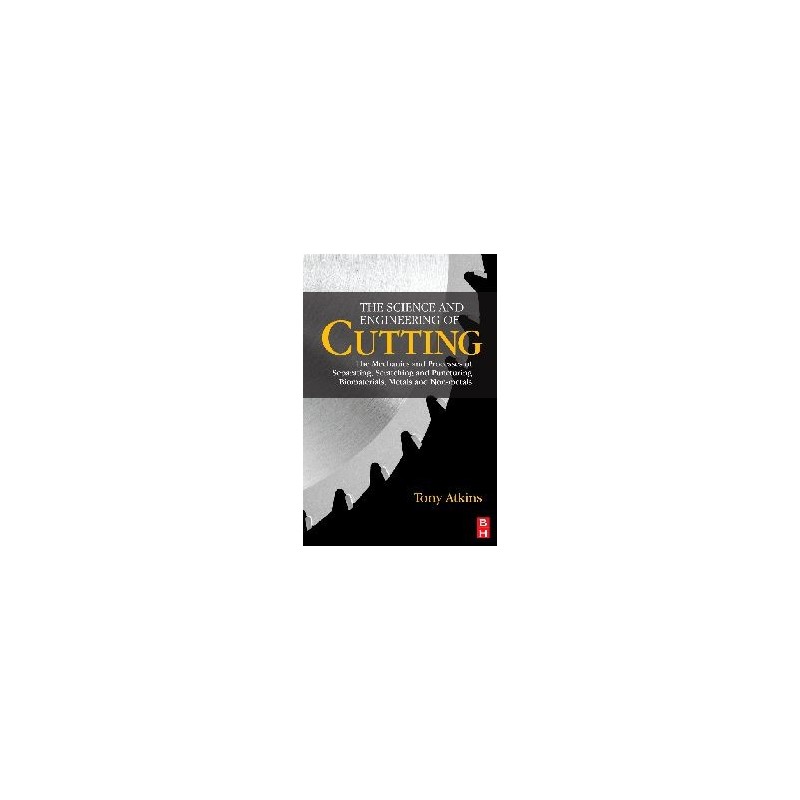- Out-of-Stock



No product available!
No product available!
No product available!
ABC016002E26-FIA-R-01 LCD display 2x16, 80x36mm, FSTN, LED backlight (amber), extended temperature range, power consumption with 20mA backlight, RoHS
No product available!
No product available!
No product available!
No product available!
No product available!
LAMPSOLAR-CONTROLLER FOR LED LIGHTING POWERED BY PHOTOGRAPH - A PROGRAMMED SYSTEM
No product available!
Do Re Mi Fa So La Ti Do. As Julie Andrews said in the Sound of Music, "once you have these notes in your heads you can sing a million different tunes by mixing them up." Ugears is proud to introduce the second DIY musical instrument in our collection—the Mechanical Celesta. Like the Ugears Hurdy-Gurdy, the Mechanical Celesta is both a wooden mechanical model and a functional musical instrument. UGears 70178
No product available!
No product available!
ARK terminal connector spring 12-pin, pitch 3.5 mm, non-detachable.
No product available!
No product available!
HAT for powering over Ethernet (PoE) for Raspberry Pi. It allows you to use the PoE interface to power the minicomputer via an Ethernet cable
No product available!
No product available!
AI accelerator with a USB connector based on the Intel Movidius Myriad X Vision Processing Unit 4GB. It can work with Ubuntu 16.04, Windows 10, Rasbian and others. in use with OpenVINO. Intel NCSM2485.DK
No product available!

